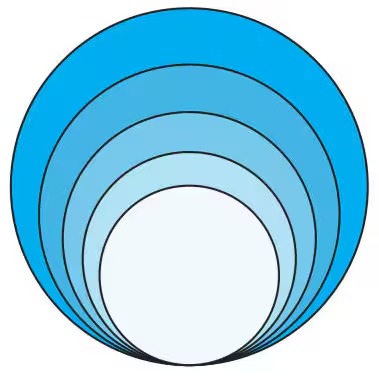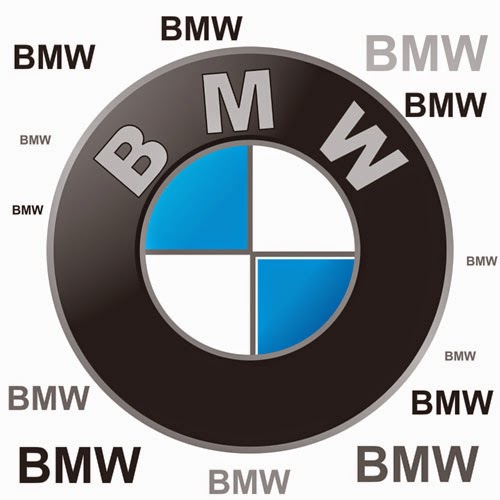Learn About Web Design with PHP Course
“Web Design with PHP” typically refers to a course or educational program that teaches the integration of PHP (Hypertext Preprocessor) with web design principles and practices. PHP is a server-side scripting language widely used for web development, particularly for creating dynamic web pages and web applications. Here’s an overview of what such a course might cover:
1. **PHP Fundamentals**: The course begins with an introduction to PHP, covering basic syntax, variables, data types, operators, control structures (like loops and conditionals), functions, and arrays.
2. **Server-Side Scripting**: Students learn how to embed PHP code within HTML to create dynamic web pages. They understand concepts like server-side vs. client-side scripting and how PHP interacts with web servers to generate dynamic content.
3. **Database Integration**: A significant aspect of the course involves using PHP to interact with databases, typically MySQL or MariaDB. Students learn CRUD operations (Create, Read, Update, Delete) using PHP’s MySQLi (MySQL Improved) or PDO (PHP Data Objects) extensions. This includes connecting to databases, querying data, and handling results.
4. **Web Forms and Validation**: Students learn to create HTML forms and handle form data using PHP. They also study form validation techniques to ensure data integrity and security on the server side.
5. **Sessions and Cookies**: Understanding sessions and cookies is essential for maintaining stateful interactions between web pages and users. Students learn how PHP manages sessions and stores user data securely.
6. **Security Practices**: Security considerations in web design with PHP are emphasized. Topics may include data validation, sanitization, handling user input securely, preventing SQL injection, cross-site scripting (XSS), and other common security vulnerabilities.
7. **Web Design Principles**: Though the focus is on PHP, the course may touch upon fundamental web design principles such as layout, typography, color theory, responsive design, and user experience (UX) design.
8. **Frameworks and Libraries**: Depending on the course structure, students may also be introduced to PHP frameworks like Laravel, Symfony, or CodeIgniter, which facilitate rapid application development and follow best practices.
Courses on “Web Design with PHP” are typically offered by educational institutions, vocational training centers, and online platforms. They are suitable for aspiring web developers who want to build dynamic, database-driven websites and web applications using PHP as the backend scripting language. Proficiency in PHP combined with web design skills is valuable in various industries where interactive and scalable web solutions are required.







Leave a Reply